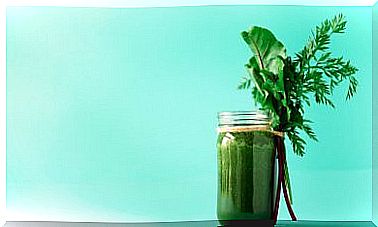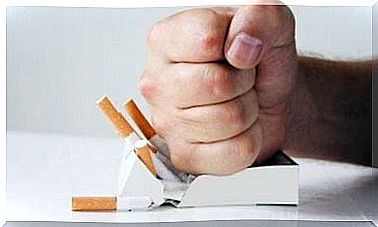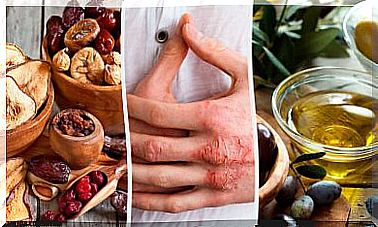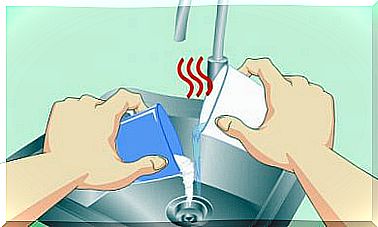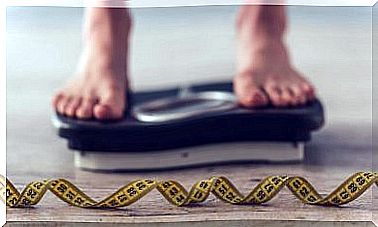Prevent Hip Pain: 6 Tips That Will Help You
Although some exercises can be of great help to prevent hip pain, we must take into account how our body responds and stop the activity if the discomfort increases
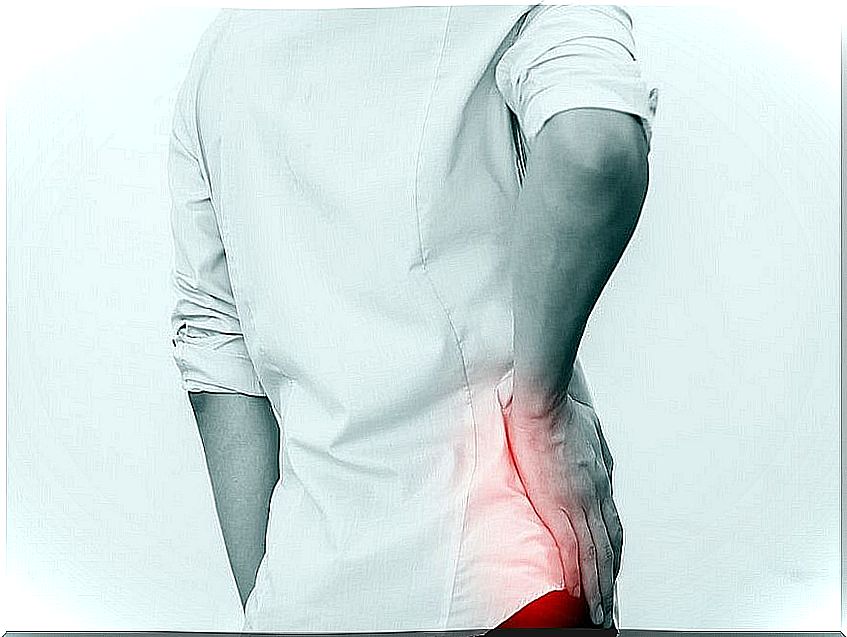
Hip pain is a common ailment that can be caused by a number of factors. If you feel discomfort or discomfort, here are 6 tips to prevent hip pain.
The precise location of hip pain can provide valuable clues to its cause. This pain can be caused by inflammation within the hip joint, causing pain inside the hip or groin.
If the discomfort is reflected in the outer part of the hip, the upper part of the thigh or the outer part of the buttocks, it is related to muscle problems. Generally, this type of discomfort is due to inflammation of the muscles, ligaments, tendons and other soft tissues that surround the joint.
Hip pain can be caused by diseases and conditions in other areas of your body, such as your lower back. One of the most common is arthritis or wear and tear of the joints.
The hip is an important area, as it connects the trunk with the lower extremities and provides stability when walking. If you feel tension or stinging in that area, we will give you some tips to prevent hip pain.
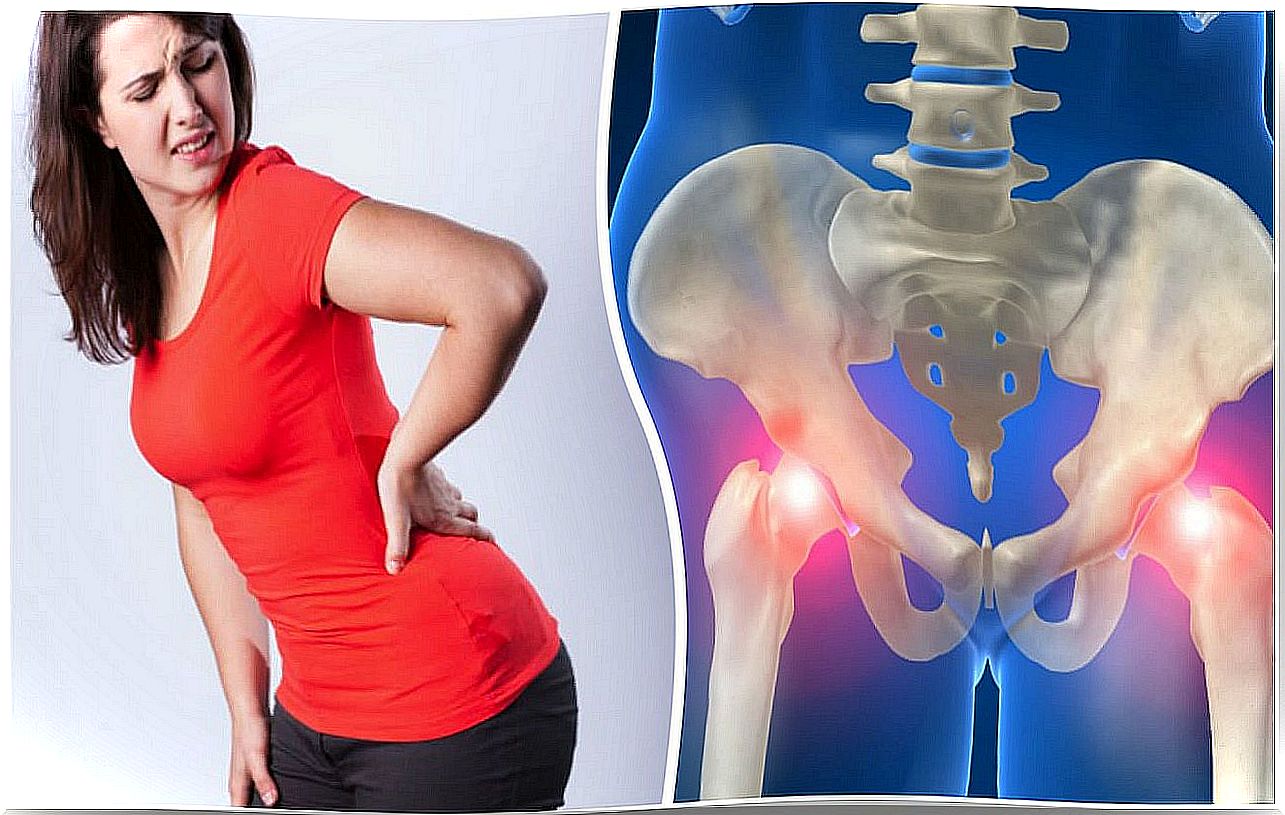
1. Balanced diet
A balanced diet is important to strengthen bones and joints. Eating foods rich in iron and phosphorus, such as fish, helps strengthen the joints.
Increase your doses of vitamin A, C and D, as it helps to synthesize collagen. Among the most recommended fruits and vegetables when it comes to reducing joint inflammation we find:
- Citrus
- Mango
- Pineapple
- Carrot
- Melon
- Strawberry
- Artichoke
- Garlic
2. Take magnesium supplements and vitamin supplements
Magnesium is the fourth most abundant mineral in cells, after calcium, phosphorus, and potassium. It helps us produce energy, synthesize proteins and fats. Its consumption is necessary for the contraction and relaxation of muscles, to perform functions of the nervous system and to help metabolism.
There are some vitamin supplements such as glucosamine sulfate, very suitable for hip wear. It is a natural way to strengthen this part of our body and our bones and cartilage in general. You can consult with your doctor its benefits.
3. Do physical activities to prevent hip pain

Exercising is necessary to comfort the body and prevent hip pain. Simple exercises, like doing the bridge in the morning, get your muscles working and firing, and will give you better support for the rest of the day.
- Lie on your back with your legs bent and your feet flat on the floor, hip-width apart. Press down through your ankles and lift your glutes off the floor while tightening your abs.
- Another home exercise is to keep your knees in line with your ankles and aim for a straight line from your knees to your shoulders, making sure not to arch your back. Hold this position for three to five seconds and then slowly lower your pelvis to the floor.
- If you suffer from arthritis and bursitis, avoid high-impact activities. Running and jumping can make hip pain worse, because the pressure will inflame the joints. For these conditions, walking is a better option.
4. Strengthens the thighs
Strengthening your thighs is important to prevent hip pain, because they will give you stability when you walk. If you have osteoarthritis of the hip, work on strengthening the muscles on the outer thigh for more support.
The muscles of the inner thigh also form another muscle group that helps support the hips. Lie on your back, put a ball between your knees and squeeze. Choose a soccer ball or similar, which has a little elasticity when you squeeze it.
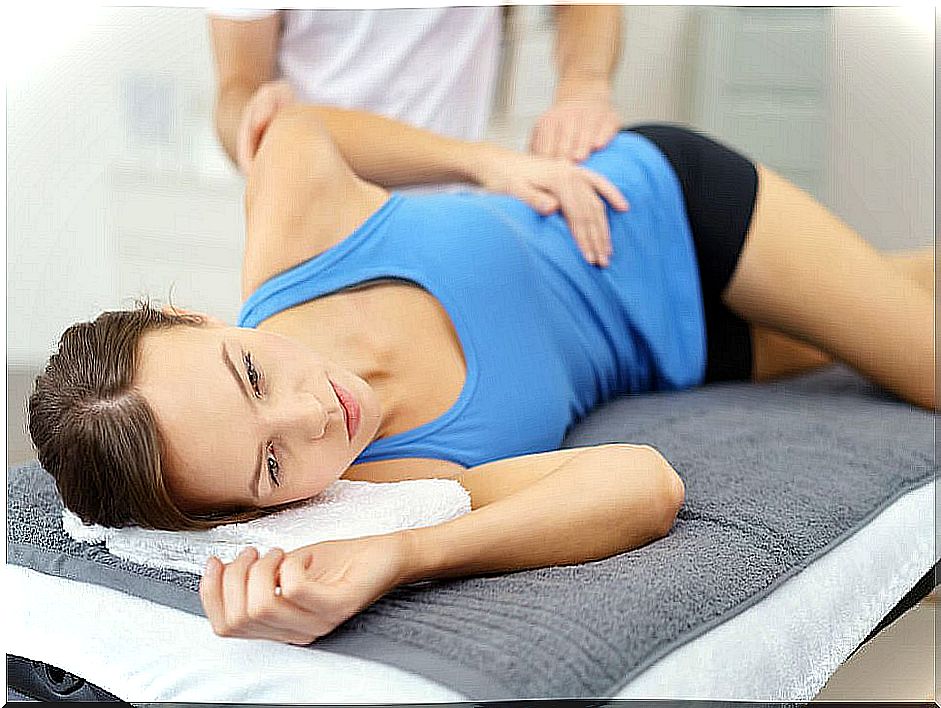
5. Stretching exercises
Stretching the hip muscles that sit on top of the bursa, part of the lining of the hip joint, can ease the pain of bursitis.
- Kneel on the leg that is causing you pain, holding onto something sturdy for balance.
- Lean your pelvis forward, tightening your gluteal muscles. Then lean to the side of the hip that hurts (for example, to the left if you are kneeling on your right knee).
- You should feel a stretch from the top of your hip bone down the side of your leg to your knee. Hold the stretch for 30 seconds and repeat once or twice.
6. Listen to your body
If you have arthritis or bursitis, you’ve probably noticed that exercise can help ease your pain. But when should hip pain be seen as a sign that you should stop exercising or doing some activity?
If your hip starts to ache during a particular exercise and lingers for hours or days afterward, that’s a sign that your joint needs rest. It is normal to feel some pain the day after exercising, but it should not persist or get worse.
Preventing hip pain is simple, you just have to pay attention to your body and strengthen your muscles and joints. The hips are the support of your legs, so release the tensions and follow these simple tips to take care of your hips.
In any case, do not forget to consult your doctor if the pain is pronounced and persists.

